Large and sweet - Marshall strawberry

There are a lot varieties of strawberries. One of the most productive varieties with a medium ripening period is the Marshall strawberry. This large, tasty and aromatic berry has virtually no equal. It grows well in any territory of our country, as it is frost-resistant. This variety is very popular among gardeners, since even the seedlings themselves often look very attractive: large green leaves and large roots will not leave any strawberry lover indifferent.
Content:
Characteristics
Marshall strawberries are distinguished by the fact that their fruits are quite large, sweet and aromatic. And the yield from the bush is high: it’s not for nothing that Marshall is considered one of the most profitable varieties. The weight of the berries can reach 90 grams or more. Strawberries ripen in the first ten days of June. The berries have a conical shape, and their peculiarity is that at the top they have a spout concave inward. By examining the shape of the berry, you can understand what variety it belongs to.
Advantages
Variety advantage The marshal is that it is frost-resistant, which is most important for cold areas of the country. In addition, Marshall strawberries are resistant to various pests and diseases.
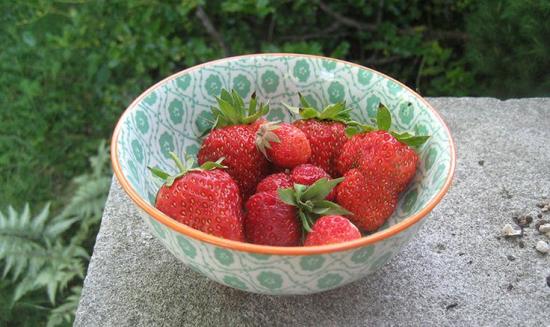
Many summer residents prefer this particular variety, since its appearance is distinguished by abundant bright green growth, large leaves and shoots, and a powerful root system.It is thanks to such a well-developed foliage system that the berries are reliably hidden under their cover from birds that love to eat strawberries. Therefore, the crop is kept safe and sound. The bushes annually produce a large number of tendrils with rosettes: this species is easy to propagate. The tendrils take root and grow well.
During flowering, you can observe fairly thick peduncles, which subsequently bend under the weight of the berries. The main ripening period for berries is mid-June. From this moment on, the bush can produce up to one kilogram of fruit. Usually the largest harvest is harvested in the first year of planting. Interestingly, this variety has an amazing drought resistance. Moreover, the strawberry yield remains at the same level in the dry and normal periods.
Landing
It is recommended to plant seedlings somewhere in mid-summer, since in this case the plants are well accepted, and flower buds have time to form before frost.
In the fall, it is not at all advisable to plant strawberries, since such actions can significantly reduce the yield.
If you decide to plant seedlings in the spring, you should ensure that they are cold stored.
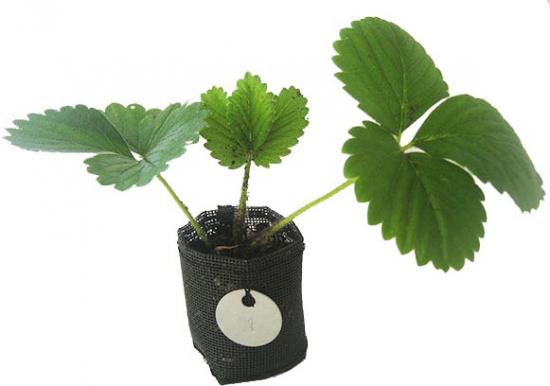
Going directly for planting strawberries, care should be taken to ensure that the plants are at a distance of at least 14-21 cm from each other and are arranged in a checkerboard pattern.
Care and fertilizers
Despite the fact that Marshall strawberries are drought-resistant and also have high resistance to pests and diseases, proper care for them will not be superfluous. The best option for feeding strawberries is organic fertilizers.
They can be applied in May, June, and also after harvest, in the fall. A water infusion of mullein and bird droppings are very good in spring for enriching the soil. Simultaneously with applying fertilizer, loosening should be done to a depth of 5 cm. This is very useful for the strawberry root system. Ideally, loosening is performed after each watering, rain and application of liquid fertilizer. During fruiting, you need to fertilize the berries with cow manure no more than once a week.
If thinning of the shoots is observed, this indicates a lack of a microelement such as potassium. At this time, you need to fertilize the strawberries as quickly as possible with potassium nitrate, wood ash, potassium sulfate, potassium chloride and others. Thanks to potassium, strawberries have an excellent taste, are perfectly preserved and have an attractive appearance.
For Marshall strawberries, fertilizers containing nitrogen are required: ammonium nitrate and urea. These substances are usually dissolved in water.
It is best to spray pest control products during the flowering period of the plant, as well as during harvesting. But spray ripe berries is no longer recommended, because they will be used directly for food or for making jam. Therefore, you should not delay spraying. Using such simple recommendations will help preserve strawberries from pests, as well as other negative factors, and in the future get a decent harvest.
In general, caring for the Marshall variety is not difficult. You just need to be careful with the berries: water them in a timely manner, loosen them, fertilize them, and remove dried leaves. As a rule, young strawberries require much more nutrients during growth, development and fruiting. And this also needs to be taken into account.

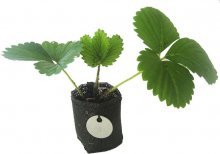
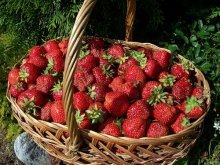
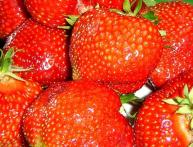
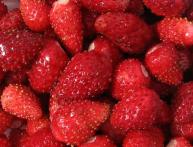
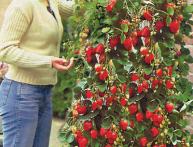

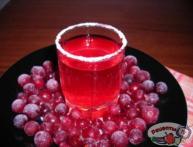
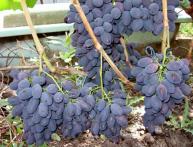
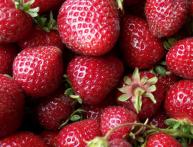
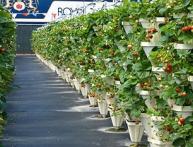
Comments
I have heard and read a lot about this variety of strawberry, and last year I planted it in my dacha. Over the past year, our “Marshal” has put out tendrils and grown a little, and this summer we will already try its tasty and large fruits.
Grandma is growing up Marshall. I won’t say that the yield per bush is very high, but it’s true about the large size of the berries. Very large, juicy berries, our whole family loves this variety